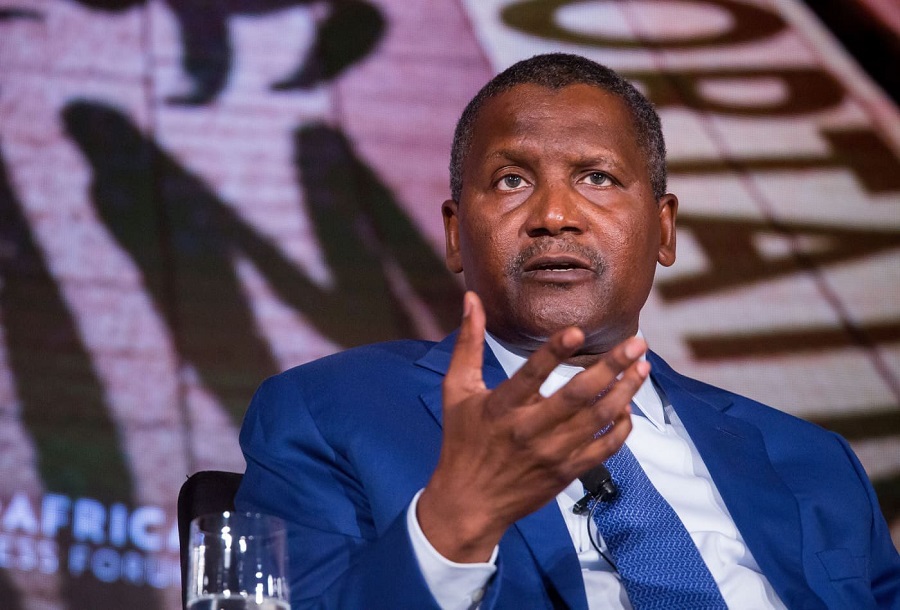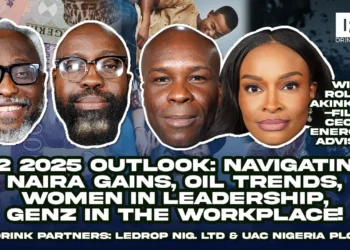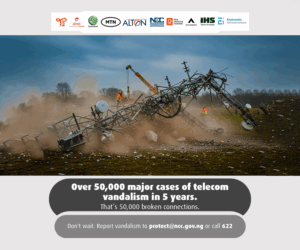Recently, alarming reports have surfaced regarding the illicit use of doctored visuals from Channels Television to endorse fraudulent investment schemes.
Channels Television, in response to these distressing developments, has denied any association with such deceptive practices.
According to a statement released by the TV station, scammers have exploited visuals from an episode of the program “Lunchtime Politics,” aired last week, along with updated manipulated footage featuring Aliko Dangote, Chairman of the Dangote Group.
These manipulated visuals were then utilized by fraudsters to lend an air of legitimacy to their nefarious investment scheme.
Moreover, the scammers overlayed a fabricated voice narrative onto the footage, further misleading viewers into believing the authenticity of their fraudulent endeavors.
However, Dangote is not the only victim of deep fake, particularly as new technologies emerge, allowing individuals with limited skills to generate deepfakes from a small number of photos. This raises the concern that fabricated videos could extend beyond celebrities.
What you should know
On October 1st, actor Tom Hanks took to Instagram to alert his followers about a concerning case of deepfake usage. He discovered that an advertisement for dental plans featured a deceptive deepfake version of himself, prompting him to issue a warning: “Beware, I have nothing to do with it.”
Highly successful YouTuber Jimmy Donaldson, known as Mr. Beast, recently fell victim to misleading AI-driven advertisements. A TikTok ad featured a deepfake of Donaldson, falsely claiming to offer $2 iPhones to viewers.
Earlier in 2021, TikTok users had been taken aback by videos purportedly featuring Tom Cruise engaging in uncharacteristic activities: goofing off in a high-end men’s clothing boutique, showcasing a coin trick.
However, despite the convincing portrayal, it wasn’t the Hollywood icon himself. The series of 10 videos, uploaded between February and June, featured an artificial intelligence-generated likeness designed to emulate Tom Cruise’s appearance and mannerisms.
More insights
A deepfake refers to a form of digital content, typically video or audio, that is crafted using artificial intelligence to imitate the appearance or voice of an individual. Notably, these creations are becoming increasingly difficult to distinguish from authentic recordings.
Modern machine learning algorithms have reached a level of sophistication where they can manipulate images, audio, and videos with remarkable realism, resulting in deepfakes that are eerily convincing.
While this technology holds potential for various beneficial applications, such as generating digital avatars for use in films or offering tailored educational support to students, it has also raised significant apprehensions. Foremost among these concerns are the proliferation of misinformation, the threat of identity theft, and the gradual erosion of trust in the reliability of digital information.
























